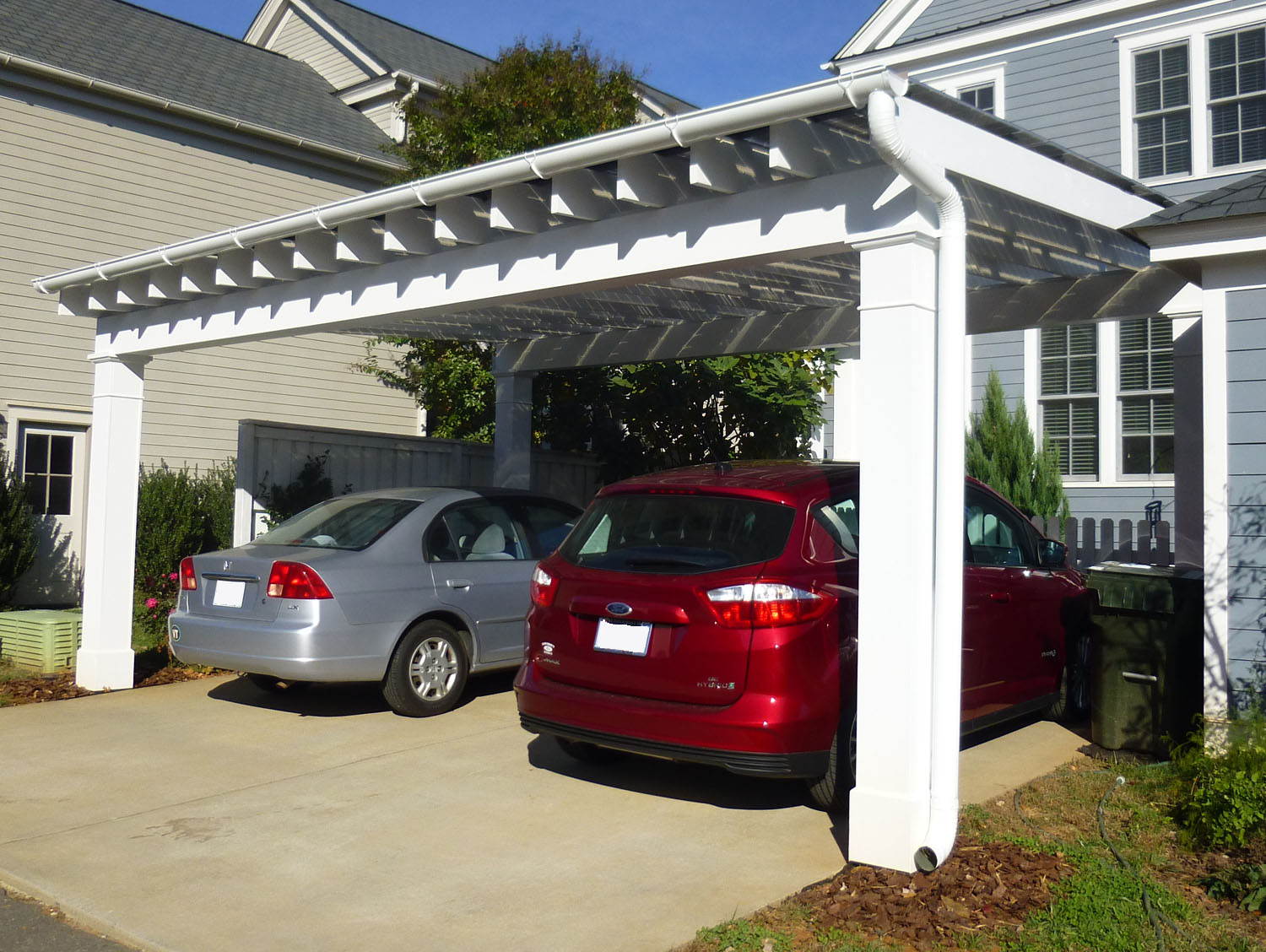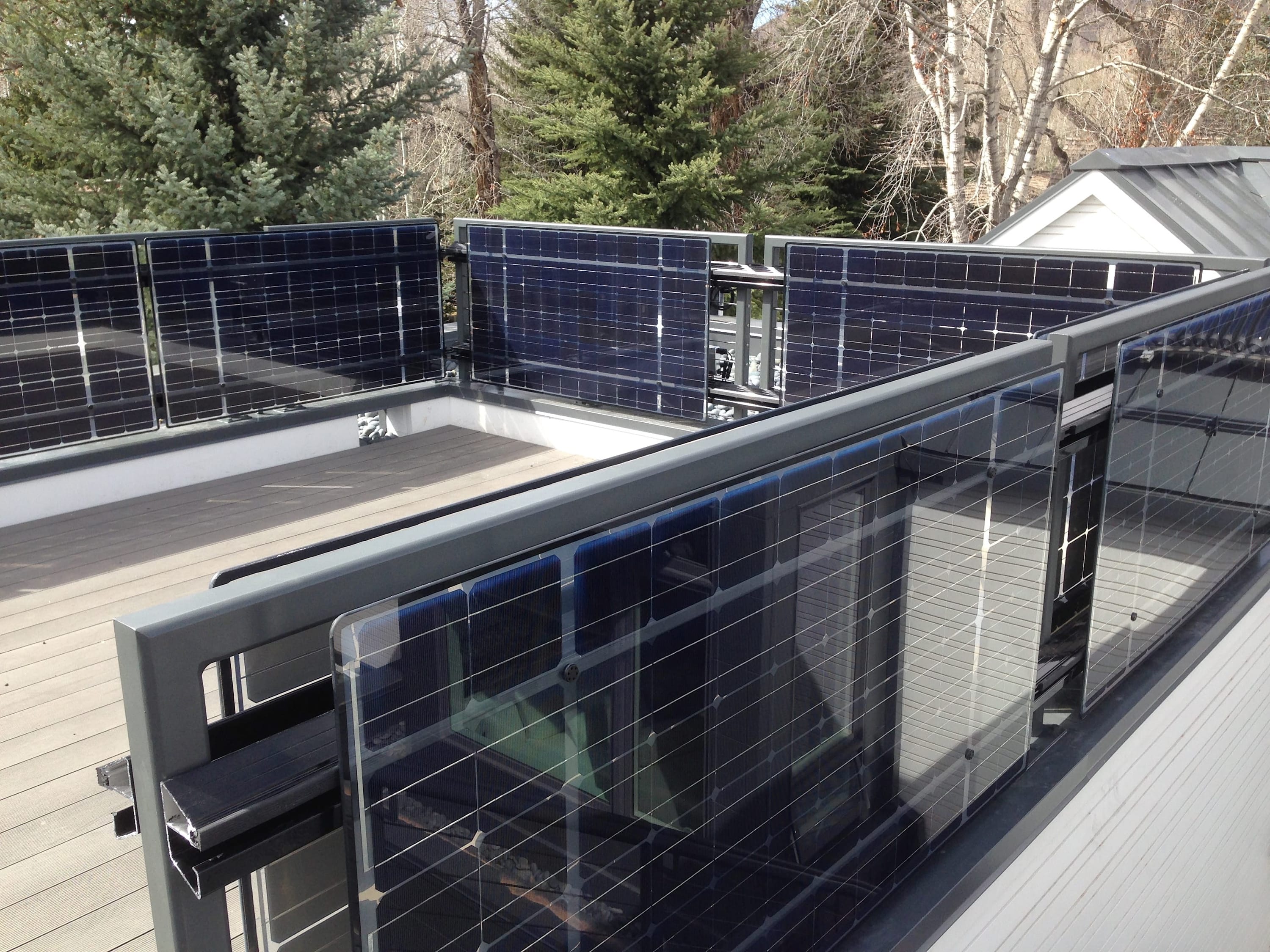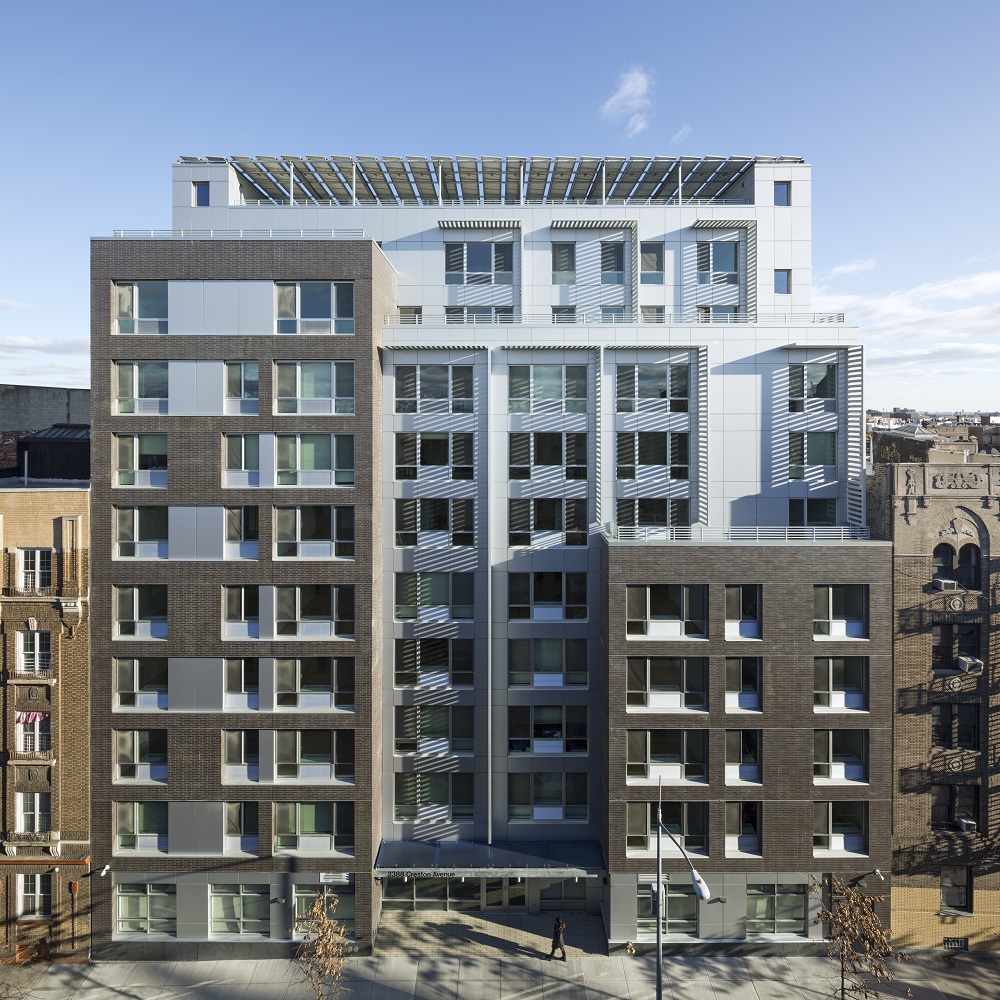Have you seen a solar panel installation truck driving through your neighborhood this week? Chances are, you have. The recent reduction in cost for homeowners—coupled with environmentally aware consumers, governments, and corporations—has solar panel popularity on the rise. Thanks to industry scaling, photovoltaic cell production costs have gone down, helping to lower the cost of home solar power. A recent report also attributed reductions to decreasing solar soft costs, including labor, permitting and inspection, marketing, and system design. Homeowners also have the choice of third-party ownership (TPO) solar systems that can reduce or eliminate installation costs to the homeowner while allowing the homeowner to lock in a fixed-rate with the third-party company.
The popularity of solar presents interesting new design challenges, however. Builders, designers, and and home owners need to be thoughtful in the design and installation of home solar systems, both to maximize solar generation capacity and to avoid turning the systems into community eyesores.
To design the most efficient and attractive photovoltaic system, multiple questions must be addressed. What are the power consumption needs in the home? Is the goal to offset a certain percentage of consumption, or more? How long will it take for the energy savings to offset the investment cost? Once addressed, a homeowner or builder can choose to move forward with any number of home solar projects. Here are some new and different ways to incorporate solar at home.

Tucker English
One of the most popular home solar energy options is rooftop solar arrays. These range in size depending on roof area and the solar offset goal of the homeowner. Three factors are most important in designing a rooftop solar array: orientation, tilt, and roof area. Before saying yes to rooftop solar, one should complete a solar study of the site and home to make sure the system is viable.

Lumos Solar
Solar panels can double as a garage or carport roof in some parts of the country. Although this may not be recommended in locations with harsh winters, a garage pergola generates power for a home while simultaneously shading cars from summer rays.

Lumos Solar
This unique incorporation of solar replaces an existing balcony railing with a power-generating solar panel. Personal aesthetics come into play when considering this incorporation of solar, as the panels are highly visible from the interior and exterior of the deck.
Seen here on an affordable multifamily project in the Bronx, this rooftop solar project is elevated to provide shade on the roof itself. In this multifamily project, the panels create a shady rooftop space for recreation, providing an additional benefit to residents.

Paul Mullins
Using solar to shade rooftops can also be used in single-family projects as pictured here. Panels can also be used to cover first-floor patios, second floor balconies, and more. Just be sure to consider any outdoor cooking equipment when placing your solar.

Lumos Solar
Original article, written by Alexandra Isham, was published in the Spring 2016 Issue of Best in American Living.

